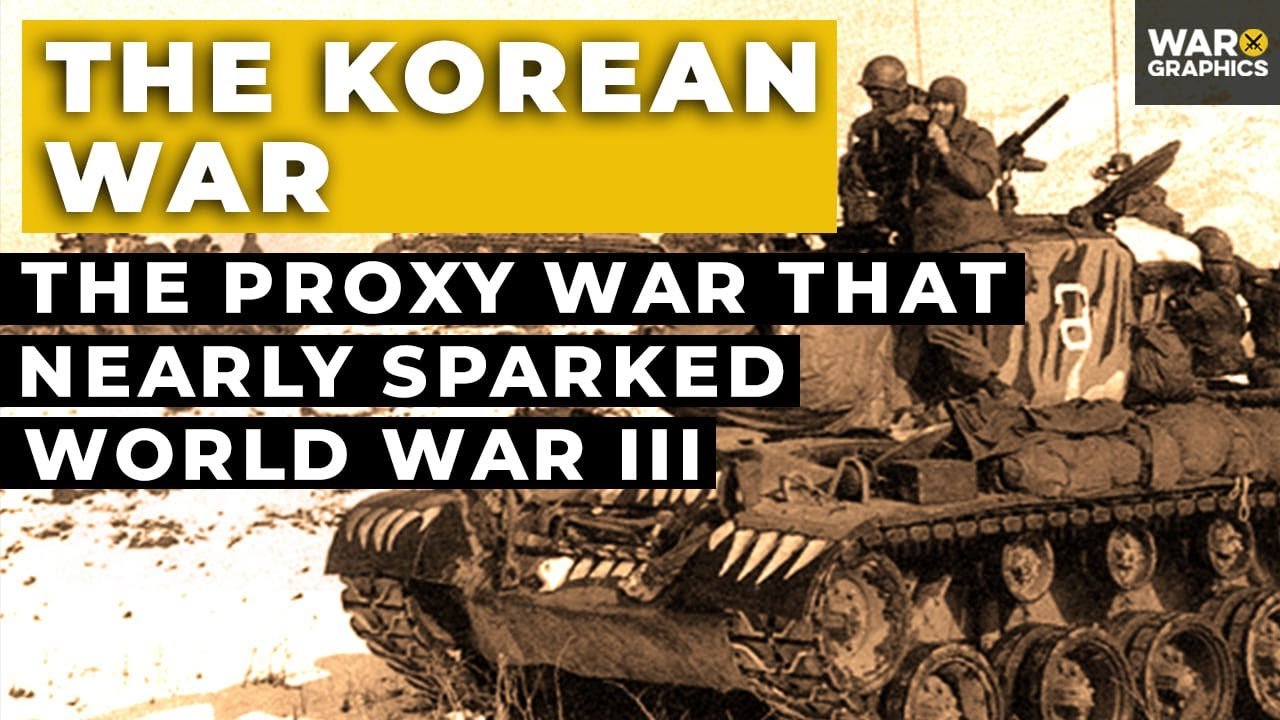The video provides a comprehensive overview of the Korean War, detailing its origins, key events, and the overarching geopolitical dynamics that positioned it as a significant proxy war during the Cold War era. It emphasizes the conflict’s role in nearly escalating to a third world war, highlighting the involvement of major powers like the United States and the Soviet Union, alongside China’s critical participation. The narrative also covers the war’s impact on Korea, dividing it into North and South, and its long-lasting implications for international relations and military strategy.
- The Korean War began in 1950 and ended in 1953, resulting in the division of Korea into North and South.
- It was a significant event during the Cold War, serving as a proxy war between the United States supporting South Korea and the Soviet Union alongside China supporting North Korea.
- The conflict nearly escalated into a global war, with direct military engagement from China and extensive military aid from the Soviet Union to North Korea.
- The war resulted in significant casualties and destruction, leading to a stalemate and an armistice in 1953, but no formal peace treaty was ever signed.
- It had lasting impacts on international relations, leading to an increased military presence of the United States in Asia and solidifying the division of Korea.
- The Korean War is often referred to as “The Forgotten War” due to its overshadowing by World War II and the Vietnam War in public consciousness.
- The conflict set the stage for future proxy wars during the Cold War and has had a lasting impact on the geopolitical landscape of East Asia.
This summary has been generated by AI.

Leave a Reply